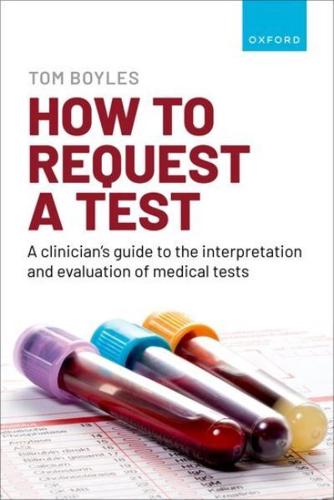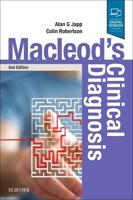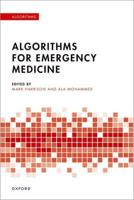Publisher's Synopsis
Medical tests consume considerable resources and yet making requests is often left to the most junior members of the team. Medical schools often under prepare junior doctors for these tasks so they tend to request large numbers of tests to make sure 'all bases are covered' by the time a more senior colleague attends to the patient. Beginning with naïve questions such as 'what is a medical test?' and 'why do we perform tests?', the book also covers the evaluation of tests from a public health perspective and helps the readers to determine whether a test should be introduced into clinical care. By describing the basics of medical decision making based on probability thresholds, students will learn how to avoid unnecessary testing when results are unlikely to influence patient relevant decisions, and the pros and cons of using metrics such as sensitivity, specificity, and predictive values. Illustrated throughout with real life examples from multiple medical and surgical specialties, it concludes with a novel checklist for doctors to consider every time they think of requesting a test. Written by a clinician for clinicians, this book is ideal for medical students and junior doctors. It provides everything they need to know to become experts at requesting tests. It will support them in requesting the most appropriate and effective tests, and inform them on how to interpret results, improving patients' outcomes.











